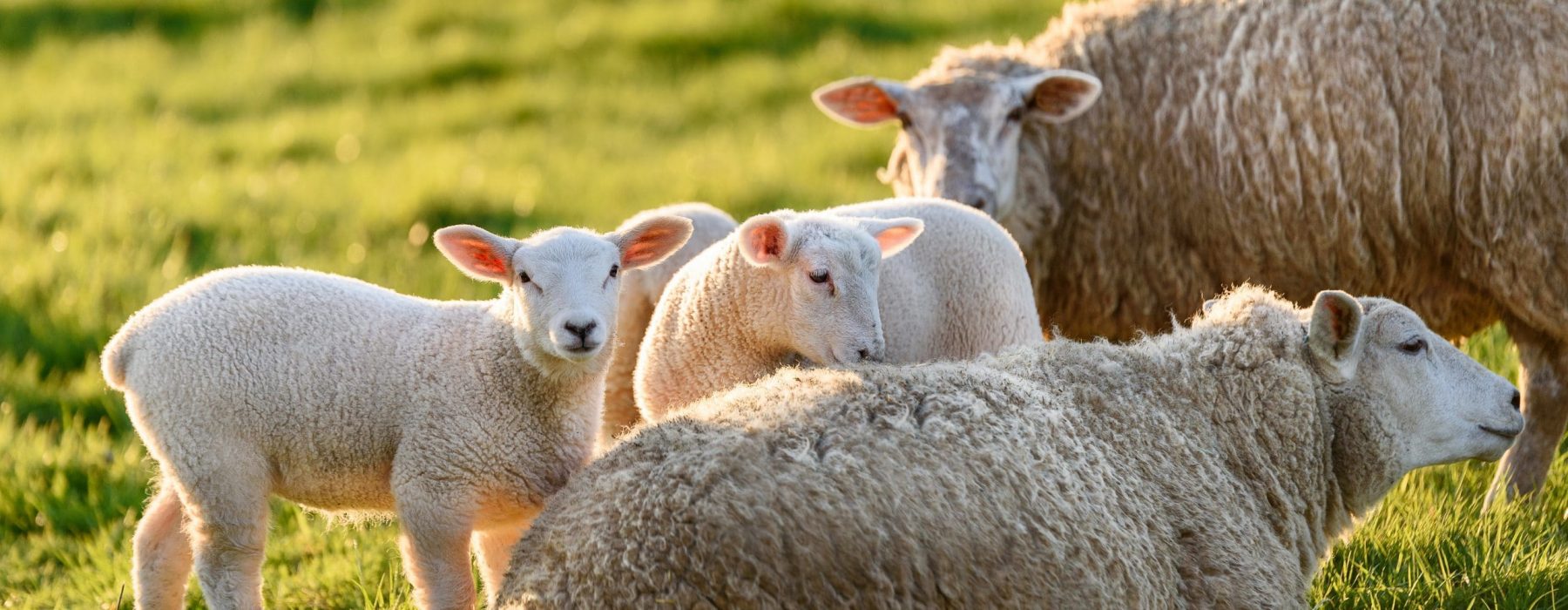Sheep require specific type of feed and specific level of nutrients. Key components of the sheep diet should be energy, protein, vitamins, minerals, fiber, and water. Different raw materials and feed can meet a sheep’s nutritional requirements, with energy and protein being the key (and usually the first limiting) nutrients. Nevertheless in order to express the sheep potential, it’s really key to know what are the objective of the farmer, to adapt the feeding program.
Sheep and Lamb Care and Nutrition
Copper content and sheep
If you’ve raised sheep or been around them very much at all, chances are that you’ve heard the warnings about feeding copper to sheep. In fact, many feeds that are intended for other livestock carry a warning about not feeding this product to sheep due to added copper. This is because sheep are especially sensitive to copper, and don’t require a high amount for day to day maintenance. In fact, all the copper they need to digest is already naturally occurring in most of the feedstuffs they consume. Sheep should not have additional copper added to the diet. If they do happen to consume extra copper, they will store it in there liver indefinitely until an event causes the live to “dump” the copper into the blood stream, which can result in the red blood cells rupturing. These ruptures rapidly lead to anemia, jaundice and death.
The sensitivity to copper is just one of the reasons that a correctly balanced and commercially produced concentrate is essential to sheep and lamb health.
Enterotoxemia in sheep
Enterotoxemia in sheep (also known as overeating disease) is caused by two strains of bacteria called Clostridium perfringens – the strains are termed types C and D. This disease is a common issue in both sheep and goats and can affect animals of all ages. The bacteria responsible for this disease exist in the animal’s digestive tract in relatively harmless numbers at all times. During a change in feed or other disruptive episode, the bacteria flourish and grow, and produce a toxin as they do so. These toxins harm the digestive tract as well as the organs of the animal, and in unvaccinated animals can lead to death.
The good news is that there is a vaccination for enterotoxemia. Animals on fresh and rich diets may need to be vaccinated more frequently than those who are not. There are also several feeding plans that can be put in place to help reduce the risk of enterotoxemia in sheep.
Limit rich and disbalanced feedstuffs as much as possible. This includes rich fresh grass, high starch feeds. Divide feedings into multiple small meals per day instead of one large meal. This will lessen the chance of overwhelming the digestive tract and giving the bacteria a chance to populate. Finally, make any feed changes gradually and over a period of many days. If you are changing sheep feeds, start with a small portion of the new feed along with the old. Each day gradually increase the portion of new feed and decrease the old until the feed is completely changed. Watch for negative reactions during this time. The process of changing a feed should take at least 15 days.
We can help
According to your ruminant project and needs We are able to help you improve all areas of your production system. Our formulation, ruminant nutrition expertise, farm & industrial technical supports help to optimize your ruminant production, and we help you to improve and monitor your economic results. We help to optimize your operation by providing ways to secure your production. We work with you on raw materials sourcing, specific control plans, finished products evaluation.
